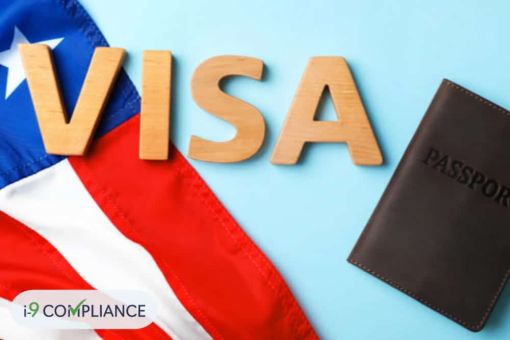H-1B Visa Alternatives for F-1 Student Employees

The H-1B lottery for the 2023 fiscal year finished earlier this year, with the USCIS receiving an enormous 483,927 registrations and selecting 127,600. USCIS projects that this will fill the Fiscal Year 2023 allocations, which are limited to 85,000 slots. In addition, 20,000 of these slots are for people who possess U.S. Master’s degrees.
During the last two fiscal years, USCIS carried out one or two additional selections due to the low filing volume from the first selection. These selections were for the entire 85,000 available H-1B visa slots. This selection process may happen for FY 2023; if it does, it will be announced later in the year. However, it is best not to depend on additional selections because they are not guaranteed.
Employers should look for other options to retain their employees in case an employee misses out on the lottery. However, they should start looking immediately because the lottery may take some time.
The employer should determine when their employee’s authorization to work ends. For example, Optical Practical Training (OPT) employees with a student or F-1 visa will have a work authorization period of 12 months after graduation. It is also possible that some employees qualify for 24 additional months of work authorization due to being part of a Science, Technology, Engineering, or Math (STEM) OPT program. Although to qualify, the employee must possess an eligible STEM degree. Additionally, the employer must enroll in E-Verify. Employees who qualify for the additional 24 months still have a definitive end date for their work authorization. The employer and employee must know what date this is to ensure they comply with immigration laws.
F-1 employees not selected for the lottery and without OPT time left have other ways to continue their work authorization. The following are a few options:
- O-1 Visa: This is a temporary visa status for those who display exceptional skill in education, athletics, the sciences, business, and the arts. To receive this visa status, the employee must have significant and well-established advancements and achievements in their field.
- L-1 Visa: This is a non-immigrant status. It permits workers who have worked for a company with U.S. branches to work in those branches, assuming a corporate relationship exists between the companies. This status is available only in companies with global offices. The employee must have worked for at least a year in an executive, managerial, or position requiring specialized knowledge.
- Pursue a Higher Degree: An employee could choose to return to school, pursue a higher degree, and obtain an EAD through their academic program. The employee must intend to get a higher degree.
- Family: Some employees may obtain work authorization through a spouse working on a non-immigrant status that permits the dependent spouse to receive work authorization.
- Country-specific: Another possible option for employees not selected in the lottery is obtaining a country-specific visa. Individuals from certain countries can only get temporary visa statuses. One example is the TN visa, which is available only to Mexican or Canadian citizens.
Companies that hire foreign nationals often find the Form I-9 complicated due to the ever-changing regulations. Using an electronic I-9 management system can reduce the difficulty of the process, ensuring accurately filled out documents. This system guides hiring personnel through the process, providing complete and accurate Form I-9s, securely stores the documentation, and ensures immediate access when needed.
Increase your hiring and verification efficiency today with I-9 Compliance automation.